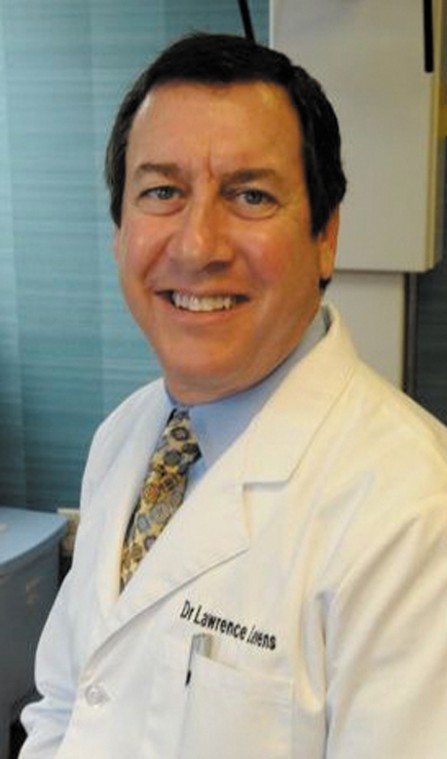It’s ‘back to school’ for local orthodontist
Published July 20, 2011
After 23 years as an orthodontist here, Dr. Larry Levens of Ladue is pursuing a second master’s degree – in Hannover, Germany.
Once a month, Levens flies to Germany for five days to study with Dr. Dirk Wiechmann at the University of Hannover Medical School. Wiechmann is one of the primary inventors of the Incognito System – lingual braces (that means they go on the back of the teeth) that are custom fitted and almost flat. He also is clinical chairman of the two-year lingual orthodontics master’s degree program at the school.
Levens is sold on the degree program and on the braces. “The Incognito System is unlike any I have used in my 23 years of private practice,” says Levens, 51. “They offer the most efficient way to move teeth, and the accuracy of the outcome is 100 percent. This is the future of braces.”
When Levens receives his degree in 14 months, he will be the only orthodontist in the United States with advanced training in the Incognito System. He made time recently to talk about his work.
Talk a bit about your history with lingual braces.
I got interested in them in 1991, just about the time everyone else was pulling away from the idea. The first ones were not very good. People who had them got frustrated, and many couldn’t finish the treatments. The technique almost disappeared in the U.S.
What about other places?
In Asia and Europe, people would not accept braces that showed – they all wanted lingual braces. Orthodontists from France, England and Asia traveled, conducting weekend training courses, and I went to them. What I learned was pretty good, but not great.
But you stuck with it?
I did. I’m a niche kind of guy, and I’m interested in doing what other people find difficult to do. Besides, some of my patients wanted lingual braces.
How is the Incognito System different from the early lingual braces?
Dr. Wiechmann came up with a different way to make the braces. We start by taking a dental impression, like when we make a crown or a cap for a patient. We send a duplicate of the impression to a lab and they mold it into what we want the end result to look like. Once we approve that – it can go back and forth two or three times – the lab makes the braces and the wires, which fit perfectly in slots on the braces.
Then what happens?
We receive the entire treatment in one box, with instructions on how to adjust the wires to get the end result. The orthodontist makes the necessary adjustments and gets the teeth to fit together properly.
What are the advantages of the system?
These braces do the job much better than braces on the front of the teeth. Also, they are comfortable – people get used to them in one to three weeks. You wear them just 13 to 18 months. And they are invisible.
How can that be?
They are small and flat, and they do not show. A woman who works in my office has them, and I always ask her to talk to patients who are interested in lingual braces. They never notice hers – she always has to mention that she wears them.
What does the Incognito System cost?
Regular braces are about $5,500 and these run about $2,000 more. About 15 percent of my patients have them, but I wish everybody had them.
Are there disadvantages?
They can affect speech, especially in people who speak quickly. They can affect chewing, and they do rub your tongue. That takes getting used to. Also, you may have decay marks – permanent stains – around the braces, but much less so than with braces on the front of the teeth.
Did you have braces as kid?
I did. My dad was an orthodontist. I worked in his lab when I was at Ladue High School, and I enjoyed it. Orthodontics is an interesting field, and it’s challenging work.
Healthwatch – Larry Levens
WORK: Orthodontist
HOME: Ladue
FAMILY: Married to Debby, a psychotherapist. Three children: Jake, 17, Zach, 16, Grace, 11
HOBBIES: Tennis, golf, Cardinals baseball















